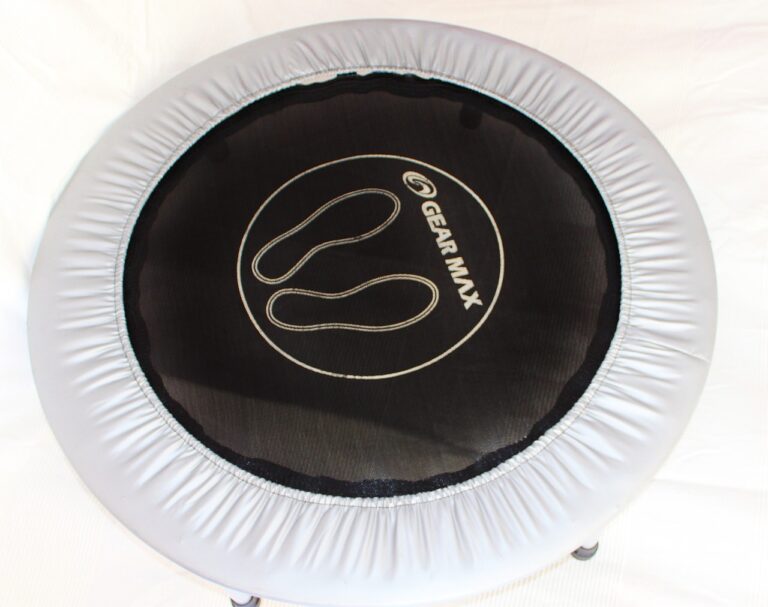Surgical management of congenital bladder outlet obstructions: Current strategies: Betbhai9, Playexch in login, Lotus365 in login password
betbhai9, playexch in login, lotus365 in login password: Surgical management of congenital bladder outlet obstructions: Current strategies
Congenital bladder outlet obstructions are a rare but significant condition that can cause urinary retention, urinary tract infections, and kidney damage if left untreated. In some cases, surgical intervention is necessary to alleviate the obstruction and restore normal bladder function. Let’s delve into the current strategies for managing this challenging condition.
Diagnosis and Evaluation
The first step in managing congenital bladder outlet obstructions is a thorough evaluation and diagnosis. This typically involves a combination of medical history review, physical examination, imaging studies (such as ultrasound or MRI), and urodynamic testing to assess bladder function.
Surgical Options
There are several surgical options available for treating congenital bladder outlet obstructions, depending on the severity and underlying cause of the obstruction. These may include:
– Endoscopic procedures: In less severe cases, minimally invasive endoscopic procedures may be used to relieve the obstruction. This typically involves inserting a small scope through the urethra to remove any blockages.
– Open surgical repair: In more complex cases, open surgical repair may be necessary. This involves making an incision in the abdomen or pelvic area to access the bladder outlet and remove the obstruction.
– Reconstructive surgery: For patients with more severe obstructions or abnormalities, reconstructive surgery may be needed to reshape the bladder outlet and improve urinary flow.
– Bladder augmentation: In some cases, bladder augmentation may be necessary to increase the bladder’s capacity and improve bladder function following surgery.
Prognosis and Follow-up
The long-term prognosis for patients with congenital bladder outlet obstructions depends on the severity of the condition and the success of surgical intervention. Most patients can expect significant improvement in urinary symptoms and quality of life following treatment. Regular follow-up with a urologist is essential to monitor bladder function and address any complications that may arise.
FAQs
Q: How common are congenital bladder outlet obstructions?
A: Congenital bladder outlet obstructions are relatively rare, affecting about 1 in 5,000 newborns. However, the condition can have significant implications for urinary function and kidney health if left untreated.
Q: What are the risk factors for congenital bladder outlet obstructions?
A: Risk factors for congenital bladder outlet obstructions include a family history of the condition, genetic abnormalities, and certain prenatal exposures that can affect bladder development.
Q: Is surgery the only treatment option for congenital bladder outlet obstructions?
A: While surgery is often necessary to address congenital bladder outlet obstructions, less severe cases may be managed with medications, catheterization, or other non-invasive interventions.
In conclusion, the surgical management of congenital bladder outlet obstructions involves a range of treatment options tailored to each patient’s specific needs. With advances in surgical techniques and technology, patients can expect improved outcomes and quality of life following intervention. Early diagnosis and prompt treatment are essential to prevent complications and ensure optimal bladder function.







